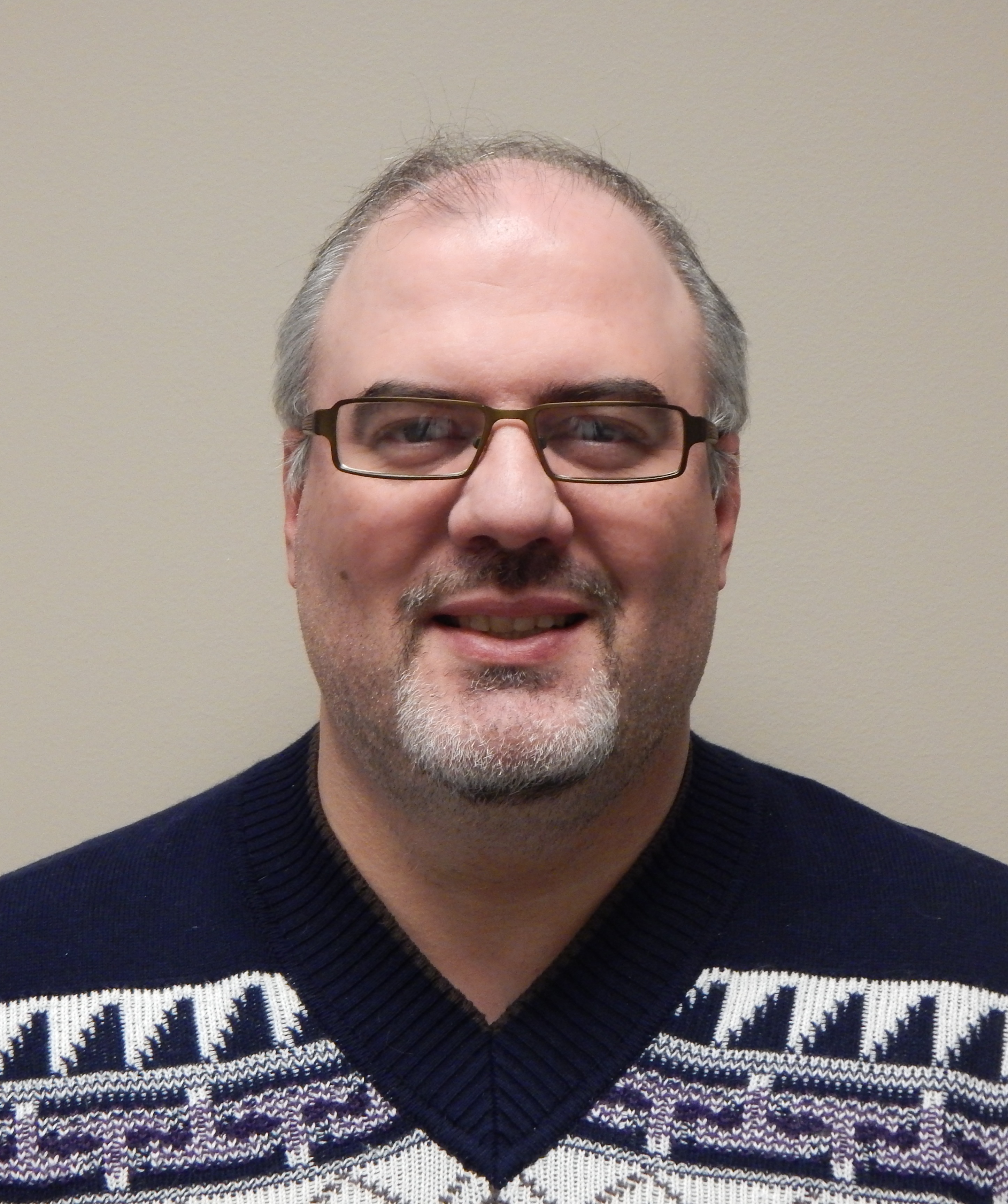
There are times during the month that I often find myself slipping into sadness. Being on the cusp of depression, but bouncing back to a positive mood with the influence of a new project, family outing or dropping a few pounds.
We all feel sad at times and it should not be confused with being depressed. Depression is different. It is a serious mood disorder that causes severe symptoms that affect how you feel, think and manage your daily life. Depression causes persistent feelings of sadness, hopelessness, anxiety, fatigue/lack of energy, irritability, weight fluctuations, trouble concentrating and loss of interest in previously enjoyed activities.
Determining the difference being periodic sadness and on-going depression isn’t always easy. Both have similar symptoms — fatigue, trouble concentrating, changing in sleeping habits and appetite. This is where screening depression is important. Depression screening is effective in linking at-risk individuals with treatment options.
Mental health screenings are a quick way to determine if a patient or someone they care about may need to reach out to a doctor or mental health professional for an evaluation. Screenings are educational, not diagnostic.
They are a checkup from the neck up!
If not monitored closely, those periodic bouts of sadness can turn into any one of nine types of depression:
Major Depression affects about 7 percent of the adult U.S. population and is the most severe. Symptoms must last for more than two weeks for official diagnosis. Treatment is usually antidepressant medication and counseling (or talk therapy).
Dysthymia is a common depression type not well known and less severe than major depression. It causes a low mood over a long period of time – a year or more is common. Treatment is best done by talk therapy.
Postpartum Depression is experienced by up to 16 percent of women after childbirth. It can occur within a few weeks to months, but almost always is developed within a year after a woman has given birth. Treatment is a combination of drug and talk therapy.
Seasonal Affective Disorder (SAD)usually starts in early winter and lingers until the spring when warmer temperatures and sunlight are more abundant. The best treatment for SAD is light (sunlight or artificial) therapy.
Atypical Depression is misunderstood and typically underdiagnosed because it shows physical symptoms. A common sign of this type of depression is a feeling of heaviness in the arms and legs, taking the form of paralysis. Symptoms also include weight gain, irritability, relationship problems, low moods and a long-standing pattern of being extra sensitive to interpersonal rejection. Talk therapy appears to work well as treatment.
Psychotic Depression is so severe that people develop psychotic symptoms such as being disorganized in their thinking or behavior and having hallucinations. A combination of antidepressants and antipsychotic medications is the preferred treatment.
Bipolar Disorder is categorized by periods of extreme lows followed by periods of extreme highs, both which repeat themselves over time. Symptoms for low periods include those of depression, while the highs include symptoms of mania – high energy, excitement, racing thoughts, and poor judgment. Treatment is typically done with mood stabilizer drugs.
Premenstrual Dysphoric Disorder(PMDD)affects women during the second half of their menstrual cycle and is more severe than premenstrual syndrome (PMS). Symptoms include feeling depressed, anxiety and mood swings, all that can affect a woman’s ability to function normally. Treatment can include depression drugs along with talk and nutrition therapies.
Situational Depression is triggered by life’s ups and downs. Symptoms usually include excessive sadness, worry or nervousness and go away usually once the trigger event has ended. Rarely are medications needed, but if the symptoms don’t go away after a short time, they may become warning signs of major depression.
National Depression Screening Day (NDSD) — Oct. 11, 2018 — is an effort to reach individuals across the nation with important mental health education and connect them with support services.
Qsource encourages organization such as hospitals, community centers, social service agencies, government organizations, older adult facilities, to provide information about mood and anxiety disorders and offer screenings — in-person or online.
Screening for Mental Health, Inc. has created an online resource (HelpYourselfHelpOthers.org) for locating mental health services in each state or to anonymously take a mental health screening. Please share these links with staff and patients.
Locate Help In Your State | Take The Screening

Lynn Maples, Marketing/Communications Specialist
Lynn is an award-winning marketing/communications professional and former journalist. He has spent more than a decade sharing patient and provider stories on behalf of the Quality Improvement Organization community.
 Skip to main content
Skip to main content


